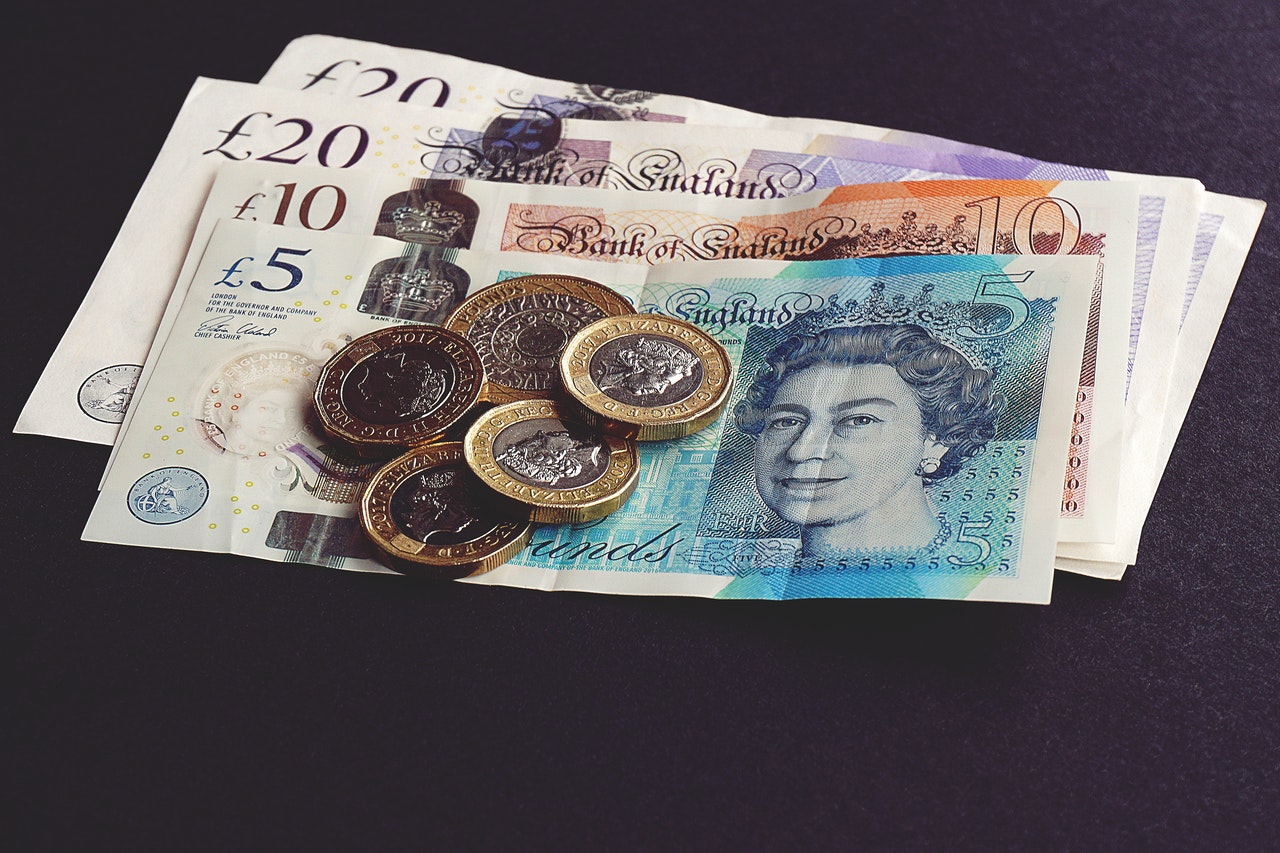
How to Save Money: 5 Simple Tips
How are you at saving money? Have you ever found yourself in the vicious pay day to pay day cycle? Where unexpected expenses mean borrowing expensive loans, which sink you deeper into debt.
Whilst many can make a bridging loan comparison to find a good rate, sometimes it’s worth taking your head out of the sand and think about getting yourself out of the vicious cycle.
Here are five saving tips that have worked for me and I thought I’d share them!
Keep track of your monthly expenses
People often overlook this, and that’s how you end up overspending. Start by recording all your expenses, including cash tips, coffee and any subscriptions you may have. Organise this into categories such as household items, car payments, entertainment/socialising and mortgage/rent.
This can help to see all the money pits clearly. Subscriptions you rarely use, restaurant trips and Home Bargains impulse buying. All these add up, sinking further into the hand to mouth cycle!
Trim your monthly expenses to allow saving
The smart people among us save each month automatically. This money goes straight into a savings account, and they leave it there for as long as they can. To achieve this, you have to look at your monthly expenditure differently.
The idea is to make sure the money goes to the right places. Cut back on the unnecessary stuff such as entertainment and restaurant meals. I’m not saying restaurants are money pits but reducing your visits to once a month and you should see a significant difference.
Increase your income
The fastest way to save money is to put in the work. I’ve seen people take overtime work for car payments, others started side jobs like freelance writing or selling stuff on Etsy (me included!)
Setting up an online business does take time and effort, so if you don’t want to put it in then taking on a second job might be a great idea if you want faster results. Selling on ebay, Facebook and at nearly new sales can help with quick cash injections!
Master the 30 day rule
Most people save money then spend it on stuff they don’t really need. It could be an expensive toy or a dream holiday. And that’s where the 30-day rule comes in! It means you should sit on any big purchase decision for at least 30 days before pulling the trigger.
This rule helped me determine if I had the shiny item syndrome or it was something I needed. I ended up not making most of the purchases I usually would have by using this method!
*This is a collaborative post.


